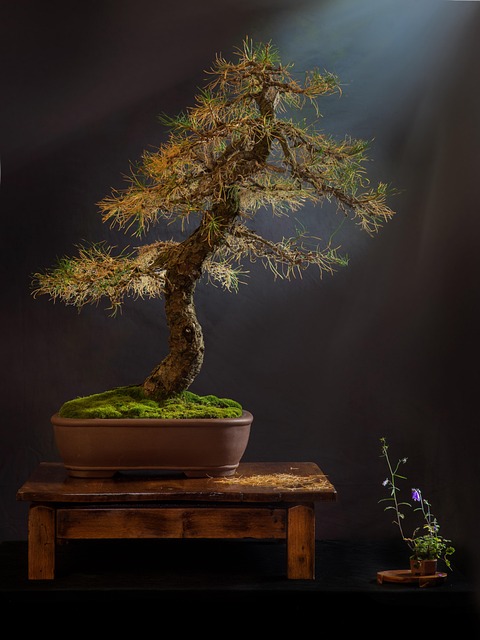
Autumn is the time when your bonsai transitions from growth to rest. Temperatures drop, the days become shorter, and your tree prepares for winter. With a few simple steps, you can help it stay strong and healthy through the colder months.
1. Less water, more attention
When growth slows, water absorption also decreases. Only water when the top layer of soil feels slightly dry. Too much moisture in autumn can lead to root rot, especially at lower temperatures. Check your tree regularly — wind and sunlight can still dry out the pot faster than expected.
2. Stop fertilizing
From late September or early October, fertilizing is no longer necessary. Your bonsai no longer uses nutrients for growth but for storing energy. Allow the tree to rest — too much fertilizer can stress the roots.
3. Let the leaves do their work
Leaf color change and leaf fall are natural processes. Remove fallen leaves from the pot, but let the tree follow its natural rhythm. This way, it completes its growth cycle on its own strength.
4. Protect from frost
As nights become colder, protection is essential. Place your bonsai in a sheltered spot, such as against a wall or under a canopy.
During heavier frost, wrap the pot in bubble wrap or move it to a cold greenhouse. The roots are the most sensitive part — focus on keeping the pot warm, not the entire tree.
5. Inspection and maintenance
Autumn is the perfect time to check for pests and fungi. Remove old leaves, clean the edges of the pot, and inspect the trunk for moss or buildup. A clean start helps prevent problems during winter.
Rest is also growth
While your bonsai rests, its strength continues to grow underground. With proper autumn care, it will start spring full of new energy.
